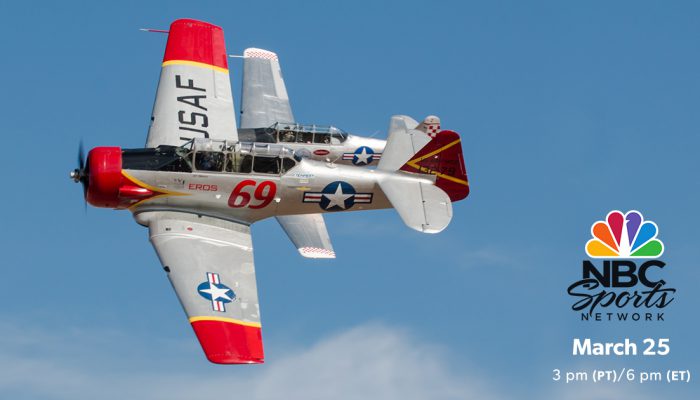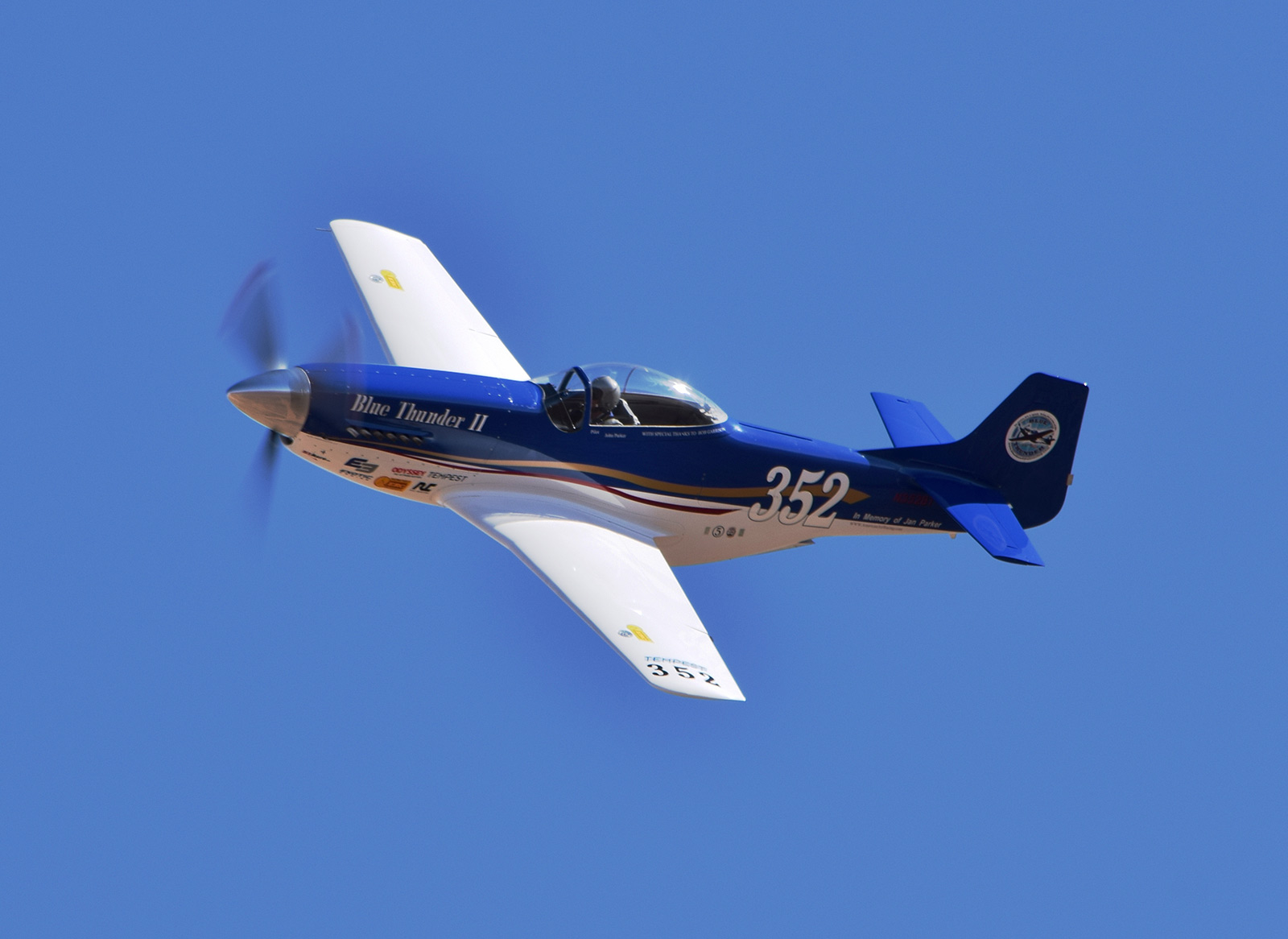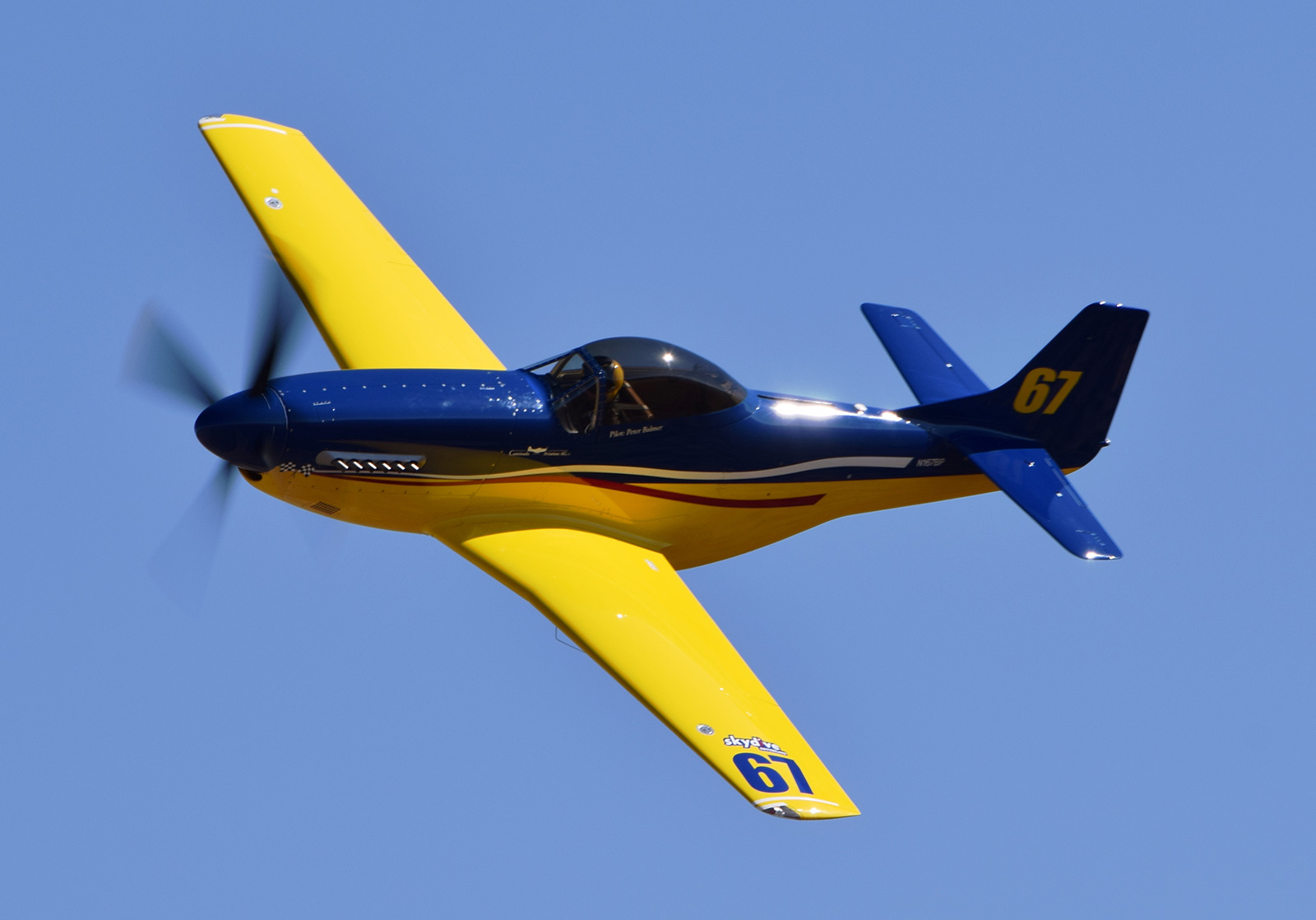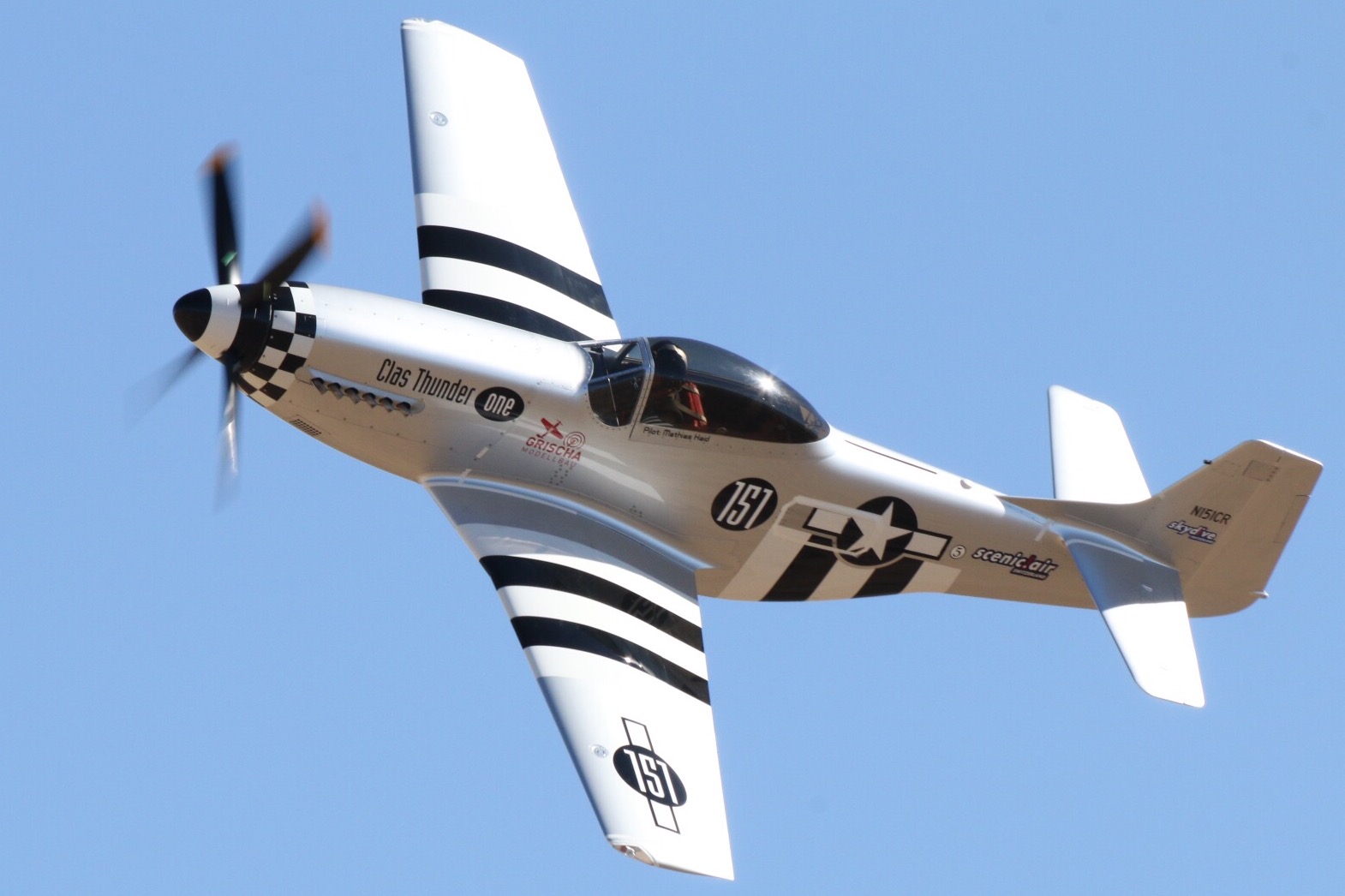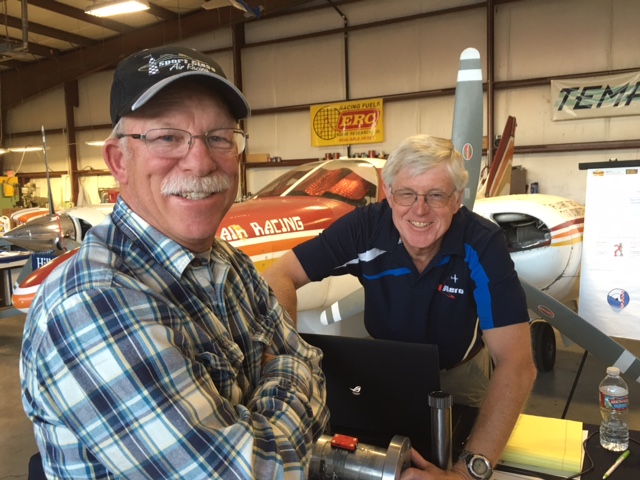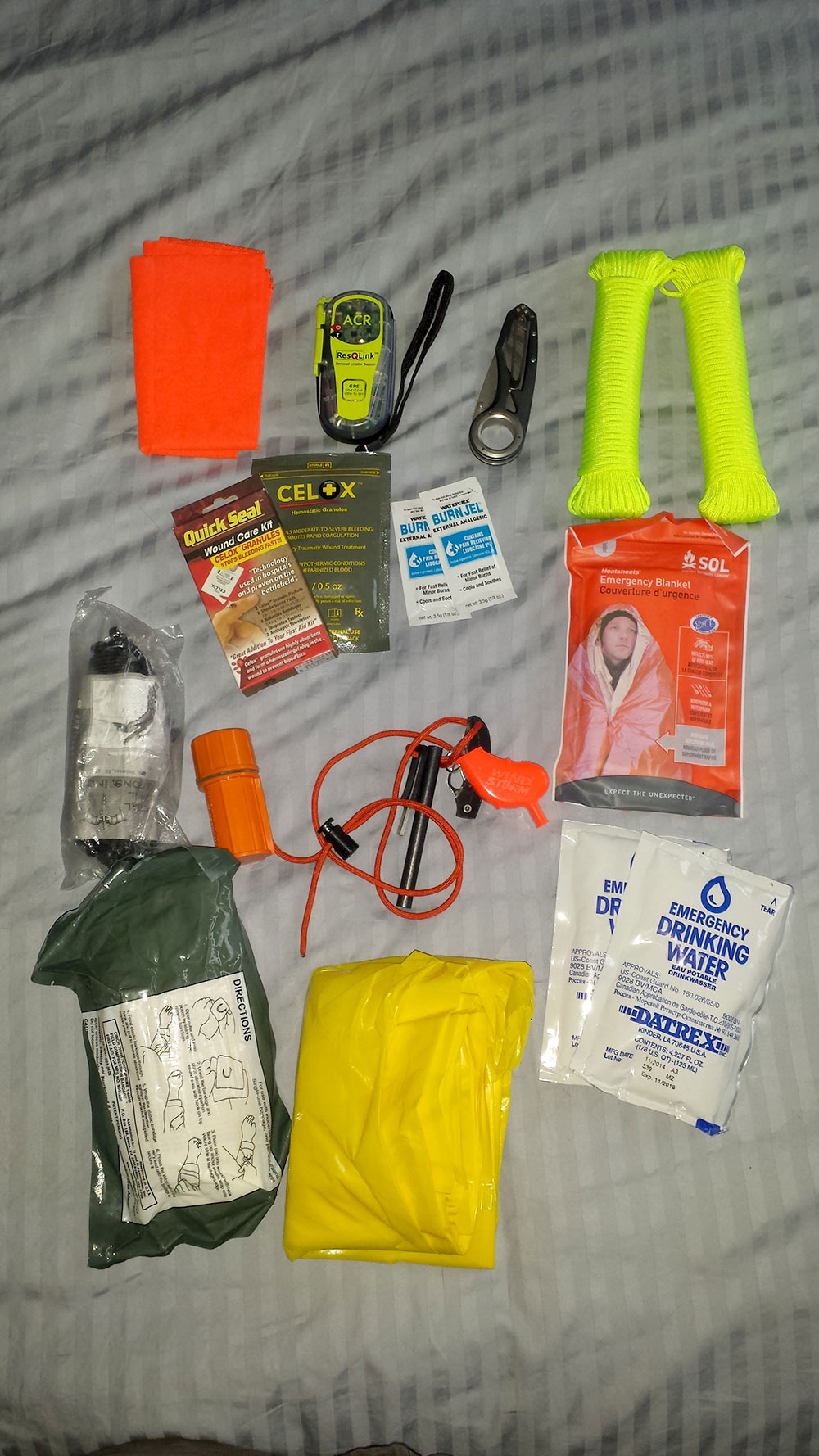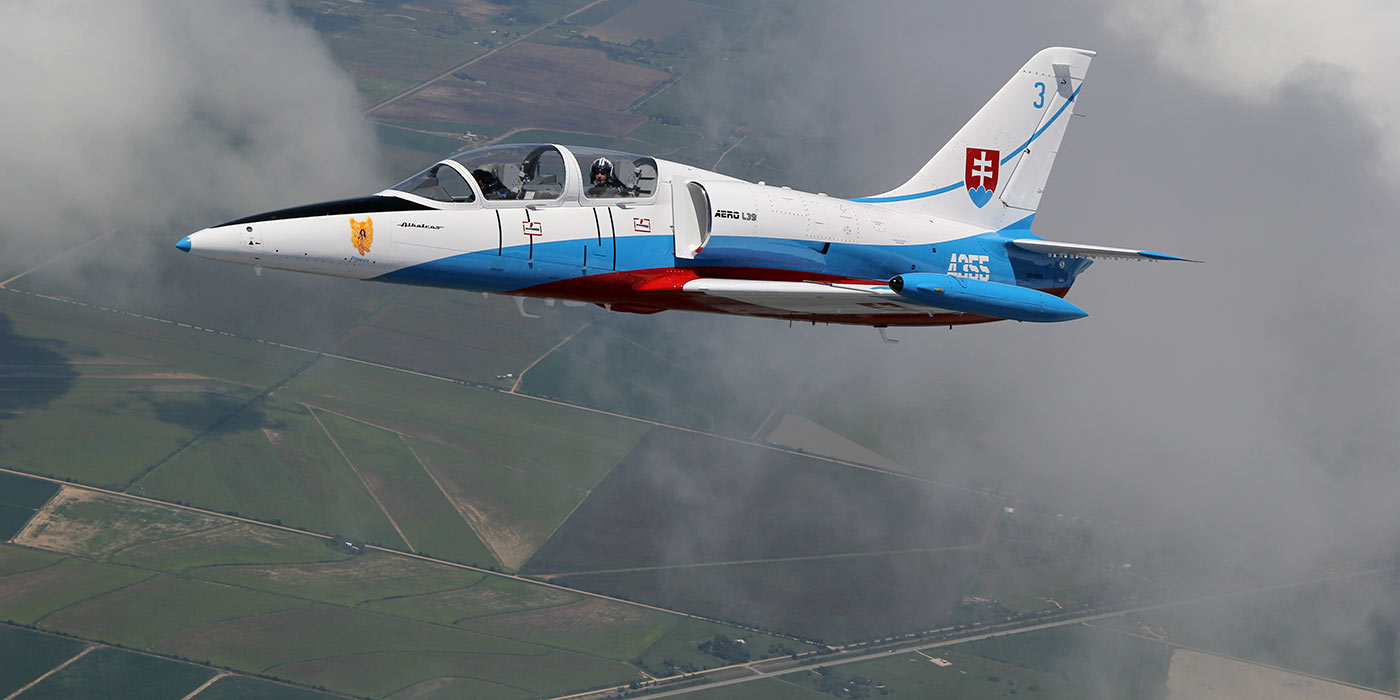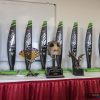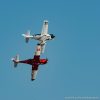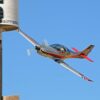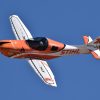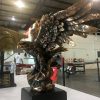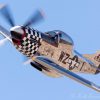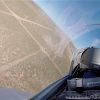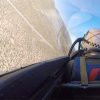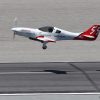Racers,
This is Tom McNerney, your secretary of the Sport Class and fellow racer of #55 Unleashed. I was planning my trip west to Stead and remembered something I put together a few years ago that I thought would be worth sharing. At this point you may have enough time to round up some of these items before your own trip.
Just after the 2015 Pylon Racing Seminar, Andy and Jackie Findlay (Race #30) and I had planned to meet at my home airport so they could overnight ‘One Moment’ in a hangar. It is a convenient half way stop for them back to the east coast. We made our plans and I departed as much in front of them as I could to hopefully give myself a small head start, as obviously they would be making up ground on me pretty quickly. At a fuel stop somewhere in Wyoming, I was writing a dirty joke on a sticky note that I thought Andy might find on the fuel pump when he stopped, when all of a sudden my phone started blowing up. Turns out Andy and Jackie had their now famous engine failure and prop departure, followed by a successful dead stick landing in Wendover Utah. That really got me thinking about some of the terrain I had just flown over, and what I would have done had my engine or prop failed. Just East of Salt Lake City is not a friendly place for a small wing Lancair, let’s be honest. So, I figured I should plan ahead next time.
In my local EAA chapter there is a retired Army colonel who was partly responsible for equipping personal for emergencies. Perfect! We sat down and talked a lot about what would be really handy to have, while keeping the kit reasonably sized and lightweight. For the record, I knew very little about this subject. Also, camping isn’t really my thing, but if you enjoy that stuff, you’re already ahead of me. On to the kit.
We agreed the most important thing would be a PLB or Personal Locator Beacon. I went with the ACR Resqlink Plus. It is reasonably priced, super small, and broadcasts on 121.5, 406 and GPS enabled. Basically the best ELT you can get in the palm of your hand. That would be the first thing to help my situation in the event of an off airport landing.
The rest is pretty obvious, so I’ll just list the things I have with some order of importance, and a few side notes.
- Folding Knife (super sharp, found it at Home Depot)
- Emergency Whistle (yelling would really get old..)
- Celox (blood clotting powder, also at Target)
- Burn Gel (guess – Target)
- Emergency Blanket (I’m a Target guy..)
- Signal Flag Thingy (the really bright orange towel)
- Drinking Water Packets
- Matches and a striker
- Giant yellow trash bag (you never know, and it’s totally unnatural yellow)
- Para Cord (you may want to build a hobo tent with your trash bag – Target)
One of the last things was rather interesting. My Army friend got me a tourniquet that can be used with only one hand. Looking at the reality of having to use a tourniquet, it seems rather likely that you might only have one hand to use it. Something to think about for sure.
Another reality that was brought up was this: What if your hanging upside down? You open up your bag of life saving goodies and they all drop away from your reach.. Bummer.. The important items that you may need rather quickly, say the knife, are tied to your bag with string. So, even hanging upside down, you can still reel in your knife and get to work. I thought that was really clever. Speaking of the bag.
What do you put all this in? I fit all of the items in the photo above in a satchel. Some may call it a fanny pack, but I call it a satchel, because Indiana Jones wears one. (that is a Hangover movie reference for all you old people) The funny thing about this fanny pack, I mean satchel, is Target doesn’t have any. Guess they aren’t exactly in-style anymore. Wal-Mart though? Good to go. Moral of the story is that my satchel is attached to me in the airplane. Forget everything else. If I jump, climb, fall, run, however I get out of the airplane, that bag is coming with me. If I leave it behind for some reason, what was the point in packing it to begin with?
Anyway, take this advice for what it is, a reality check that what we do as air race pilots tests our machines well up into the yellow arc of all parameters. The likelihood of a failure is undoubtedly increased, even for your flight home after the races. Nobody will be criticized for planning for the unplanned.
Tom McNerney – Secretary
Unleashed #55
P.S. I wish you all the slowest qualification times ever so my 4 cylinders of fury shames you all. 🙂
